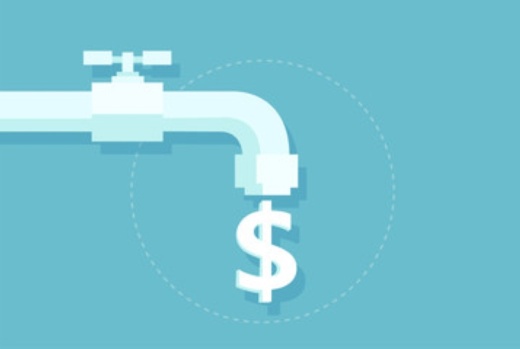During council’s July 19 work session ahead of next week’s budget retreat, city staff presented council with a number of annual maintenance initiatives and capital improvements needed to ensure Richardson’s water and wastewater infrastructure can meet regulatory standards and future demands.
“We feel these are critical and essential improvements,” Deputy City Manager Don Magner said. “Much like we're spending $100 million, hopefully, in the next five years through a bond program on the street program, this infrastructure is equally important to being able to continue to provide the core services that the community has come to expect.”
The 3.5% increase to the utility rate for each of the next five years is an estimate, Magner said. The increase is expected to never be more than about 4% and never less than about 3%, he said. City staff said a rise of about 3% for the current year would amount to approximately a $36 utility bill increase for the year for the average Richardson resident.
For the city’s water system, the planned improvements include an expansion of the Northside Pump Station, the addition of a 5 million-gallon ground storage tank at that station, a new transmission line from the Northside Pump Station to Alma Road, a new waterline along Alma Road from Renner Road to the President George Bush Turnpike and a new waterline from the Eastside Pump Station to Apollo Road. Magner said benefits of the improvements would include increased operation efficiencies and improved water pressure for larger users.
Improvements for the city’s wastewater system include line replacements for Custer Road, West Prairie Creek Drive and Glenville Drive as well as manhole reconstruction projects and the design of the Greenville Avenue wastewater line replacement. Benefits of those projects include decreased sanitary sewer overflows and improved flow capacity, according to Magner.
“This rate increase is not entirely related to the improvements,” Magner said. “We are also including and accounting for the rate increases on the wholesale water front that we know the North Texas [Municipal] Water District is planning and the rate increases that we are anticipating from North Texas, Dallas and Garland [for wastewater treatment].”





